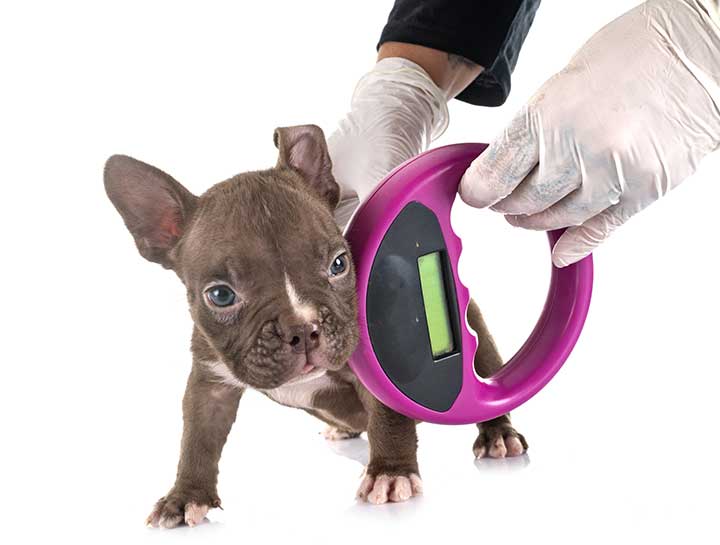As pet owners, ensuring the safety and well-being of our furry companions is a top priority. One of the most effective ways to protect them is through microchipping. Microchipping is a small yet powerful tool in reuniting lost pets with their families. In this guide, we’ll explore everything you need to know about microchipping, including its benefits, process, and essential considerations.

What Is a Microchip?
A microchip is a small electronic device, about the size of a grain of rice, that is implanted just beneath the skin of an animal, typically between the shoulder blades. The chip contains a unique identification number that can be read by a scanner. This ID is linked to the pet owner’s contact information in a national database, allowing veterinarians or animal shelters to contact the owner if the pet is found.
Why Is Microchipping Important?
- Permanent Identification: Unlike collars and tags, which can be lost or removed, a microchip provides a permanent form of identification. Even if your pet escapes or is stolen, the chip remains with them.
- Reuniting Lost Pets: Statistics show that microchipped pets have a significantly higher chance of being returned to their owners. According to a study by the American Veterinary Medical Association (AVMA), dogs with microchips are reunited with their owners 52% of the time, compared to 22% for dogs without microchips. For cats, the numbers are even more striking: 38% of microchipped cats find their way back home, compared to just 2% of those without chips.
- Proof of Ownership: In cases of disputes over ownership, a registered microchip can serve as legal proof that you are the rightful owner of the pet.
How Does Microchipping Work?
The microchipping process is quick, simple, and relatively painless for the animal. The chip is inserted using a needle, much like a routine vaccination. Most pets experience little discomfort and do not require anesthesia.
Once the chip is implanted, it remains in place for the life of the animal. The chip itself does not have a battery; it is activated by a scanner that emits radio waves, which power the chip to transmit the identification number. Microchips are designed to last for decades and do not need to be replaced.
Registering the Microchip
After the chip is implanted, it’s crucial to register your pet’s unique ID in a national database. Many people believe that microchipping alone is enough, but without proper registration, the chip cannot be linked to your contact information. Several databases exist, and your veterinarian can guide you through the registration process.
Be sure to keep your contact information up to date, especially if you move or change phone numbers. An outdated record can make it challenging to reunite you with your pet.
Considerations and Myths
- Privacy Concerns: Some pet owners worry about privacy or tracking. However, microchips do not contain GPS or tracking capabilities. They only provide a unique ID number when scanned, which is linked to the owner’s contact information in the database.
- Health Risks: Microchips are generally considered safe, but as with any medical procedure, there are minor risks involved. In rare cases, a chip may migrate slightly from the original implant site, but this does not affect its functionality. Allergic reactions or infections are extremely uncommon.
- Not a Substitute for Collars and Tags: While microchipping is a valuable tool, it’s essential to use it in combination with a collar and tags. Tags provide an immediate way for someone to contact you if your pet is found, while a microchip is a backup in case the collar is lost.
Microchipping is a small investment that provides lifelong security for your pet. It increases the likelihood of reuniting with a lost animal and offers peace of mind for pet owners. Be sure to follow through with the registration process and keep your contact information current. Alongside regular veterinary care, microchipping is a key step in responsible pet ownership.
A Complete Guide to Pet Microchipping: Protecting Your Pets with Dog and Cat Microchips